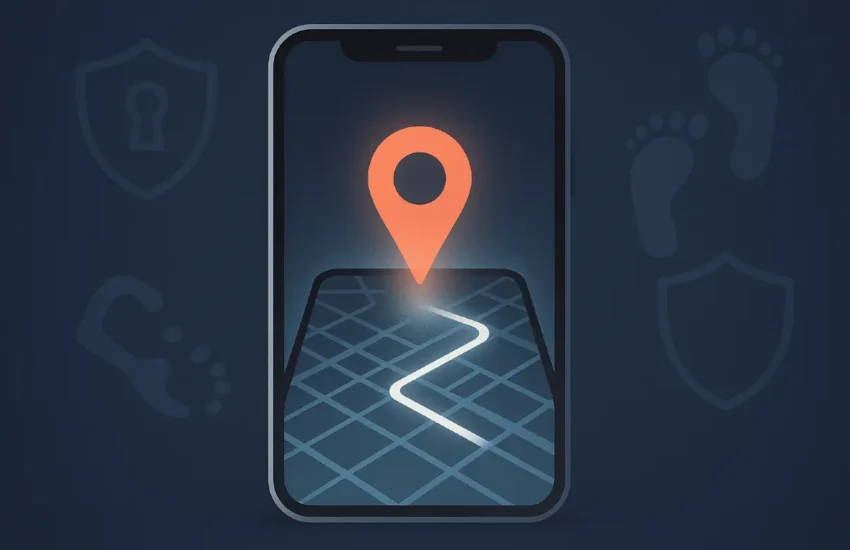The Reasons Behind the Rise of Online Exam Proctoring Technologies
As technology advances, so does the way we take our exams. Gone are the days of handwritten essays and scantron bubble sheets. With online proctoring technologies, universities and colleges can administer exams more securely and efficiently. Here are some important reasons why online proctoring technologies have become increasingly popular.

1. Increased Security
By requiring students to utilize online proctoring technology, universities and colleges can ensure that the exams taken by their students are secure. Online proctoring technologies offer various security measures such as identity verification, real-time monitoring of student activity, and question analysis.
This helps to reduce cases of cheating, plagiarism, and other forms of academic dishonesty. This is especially important when you transition to digital assessment which could be easily tampered with. Some systems even allow for flagging suspicious activity, giving administrators a better opportunity to investigate any cases of cheating.
2. Improved Efficiency
Online proctoring technologies can help universities and colleges save time and money by streamlining the exam process. For example, setting up online proctored exams can be done in minutes as compared to hours when done manually.
Additionally, it eliminates the need for physical resources such as printing test papers or scanning answer sheets – everything is done electronically in a matter of seconds. This makes administering exams much quicker and more efficient which could reduce costs significantly over time. Let’s say that your institution has to administer exams for thousands of students – with online proctoring technology the entire process could be done within a matter of hours.
3. Easier Accessibility
Online proctoring technologies allow exam takers to take their tests from any location, as long as they have access to a computer and an internet connection. This eliminates the need to travel, which can save time and money in some cases.
Furthermore, it allows universities and colleges to reach more test takers who may not have been able to attend an on-site exam due to personal commitments or geographic distance. Offering online proctored exams also makes them more accessible for those with disabilities who may require special accommodations that can be accommodated by these technologies.
4. Improved Performance
Online proctoring technologies offer a variety of features that can help students perform better on their exams. For example, some platforms allow for the use of video streaming which can help reduce distractions and provide exam takers with a more comfortable testing environment.
Additionally, online proctoring also offers real-time feedback and question analysis to help identify areas of improvement and track each student’s progress. This allows supervisors to adjust course material if needed or provide reminders and tips to help improve overall performance. And, since online proctored exams usually have a time limit, students can also benefit from having a properly managed study plan.
5. Reduced Expenses
Online proctoring technologies can help universities and colleges reduce their overall expenses. Since everything is done electronically, there are no additional costs associated with printing or scanning test papers or hiring staff to monitor exams.
Additionally, online proctoring services come at a fraction of the cost when compared to manual proctoring – leading to lower overall expenses for institutions. For example, compared to manual proctoring, one online proctoring technology provider estimates that higher education institutions can save up to 80% in labor costs by shifting to automated remote exam proctoring.
This helps universities and colleges achieve cost savings while still providing students with a secure, reliable environment for testing.
- Furthermore, online proctoring technologies can help reduce expenses associated with cheating prevention measures. By using automated systems to monitor exams rather than relying on manual staff or other traditional methods, institutions can save money while still ensuring an effective level of security for their exams. In addition to the direct cost savings from implementing online proctoring technologies, there are also indirect benefits such as improved student engagement and satisfaction due to streamlined processes and greater confidence in test results.
6. Secured Test Results
One of the primary advantages of online proctoring is the ability to ensure secure test results. Automated systems can conduct real-time monitoring and detect any suspicious behavior or cheating attempts to protect exam integrity.
This eliminates the need for manual oversight, which can be expensive and time-consuming. Furthermore, online proctoring technologies provide a variety of security measures such as two-factor authentication, encrypted data transfer, and camera/microphone access controls to ensure that tests are conducted securely and accurately.
For instance, AI-based systems can detect and flag suspicious activity such as the use of unauthorized devices or materials, sudden movements, or changes in facial expressions. Additionally, random surveillance can be used to keep an eye on candidates during their exams without them knowing, which further enhances the security of online tests.
How To Implement Proctoring Technologies
The implementation of proctoring technologies requires a few key steps. Higher education institutions need to ensure that their technology meets all applicable regulations and standards before implementation. Additionally, it is important to consider the needs of students and faculty when selecting a proctoring technology platform.
- First, institutions should research and select an appropriate online proctoring technology provider. When evaluating potential providers, it is important to consider factors such as affordability, scalability, security features, usability, and customer service.
- Once a provider has been selected, institutions should set up the necessary accounts and configure the system according to their requirements.
- After this step is complete, they can begin testing the system with sample exams or simulated scenarios before deploying it in a production environment.
- Finally, institutions should provide comprehensive training to faculty, staff, and students on the use of the proctoring technology platform to ensure that everyone is familiar with it before testing.
Online proctoring technologies provide higher education institutions with a variety of benefits such as increased security and reduced costs. To successfully implement these technologies, institutions need to conduct adequate research and select an appropriate provider. Furthermore, providing comprehensive training to faculty, staff, and students on the use of the technology platform can help ensure successful deployment and maximum benefit.
With its numerous advantages, online proctoring technologies are sure to be an invaluable asset for universities and colleges looking to improve their testing experience while ensuring secure test results.


